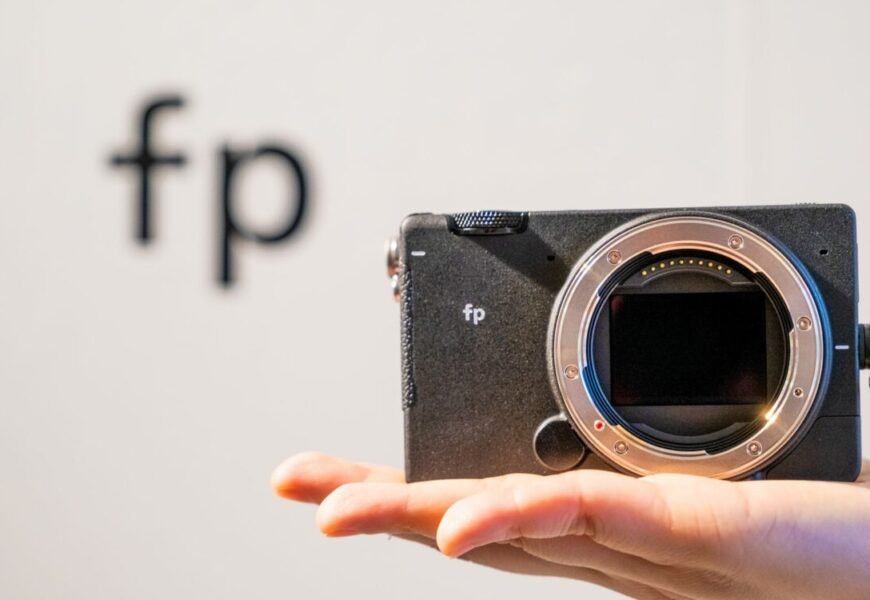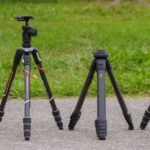As a photography enthusiast, I’ve had the pleasure of working with various camera brands, each with its unique strengths and weaknesses. Among them, Sigma has emerged as a standout brand, offering a range of cameras that cater to different needs and budgets. In this review, I’ll delve into the world of Sigma cameras, exploring their features, pros, and cons to help you make an informed decision.
History and Background
Sigma Corporation was founded in 1961 in Japan, initially producing lenses for other camera manufacturers. Over the years, the company expanded its product line to include cameras, starting with the Sigma SD1 in 2004. Today, Sigma is a well-established brand, known for its innovative products and commitment to quality.
Camera Lineup
Sigma’s camera lineup is diverse, offering something for every type of photographer. Their cameras range from entry-level mirrorless cameras to high-end DSLRs, catering to different genres, such as portrait, landscape, and wildlife photography.
- Sigma fp: A compact, full-frame mirrorless camera that boasts a 24.6MP sensor and 4K video capabilities.
- Sigma sd Quattro: A high-end DSLR with a 30.7MP APS-C sensor and advanced features like weather sealing and a 3.2-inch touchscreen.
- Sigma dp Quattro: A series of compact, fixed-lens cameras with high-resolution sensors (up to 50MP) and advanced features like Wi-Fi connectivity.
Key Features
Sigma cameras are known for their exceptional image quality, thanks to their advanced sensors and processing algorithms. Some notable features include:
- Full-frame sensors: Many Sigma cameras feature full-frame sensors, which provide superior image quality, improved low-light performance, and a shallower depth of field.
- High-resolution sensors: Sigma cameras often boast high-resolution sensors, allowing for detailed images with plenty of dynamic range.
- Advanced autofocus: Sigma cameras feature advanced autofocus systems, including phase-detection and contrast-detection methods, ensuring fast and accurate focusing.
- Weather sealing: Many Sigma cameras are designed with weather sealing, making them suitable for use in harsh environments.
- Advanced video capabilities: Sigma cameras offer advanced video features, including 4K resolution, slow-motion recording, and advanced audio controls.
Pros and Cons
While Sigma cameras have many strengths, they also have some limitations:
Pros:
- Exceptional image quality
- Advanced features like weather sealing and 4K video
- Compact and lightweight designs
- Competitive pricing
Cons:
- Limited lens selection compared to other brands
- Some cameras may lack advanced features like touchscreen LCDs
- Battery life can be a concern for heavy users
Conclusion
Sigma cameras have earned a reputation for delivering exceptional image quality, innovative features, and competitive pricing. While they may not have the same level of brand recognition as some other camera manufacturers, Sigma has established itself as a reliable and innovative brand. Whether you’re a professional photographer or an enthusiast, Sigma cameras are definitely worth considering.
Recommendation
If you’re in the market for a new camera, I recommend exploring Sigma’s lineup to find the perfect fit for your needs. If you’re a beginner, the Sigma fp or Sigma sd Quattro might be a great starting point. If you’re a more advanced photographer, the Sigma dp Quattro series could be an excellent choice. Whatever your needs, Sigma cameras are sure to impress.







